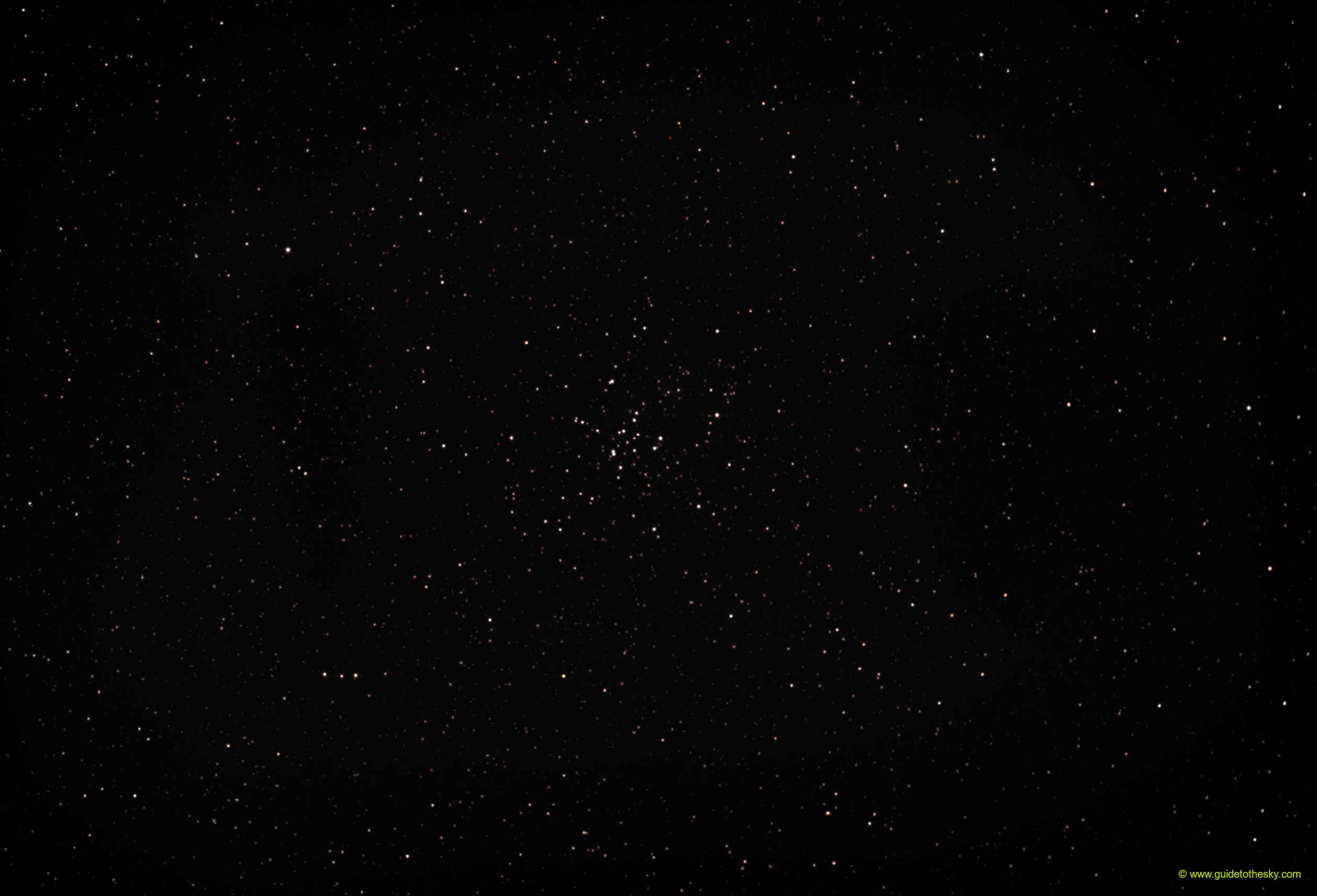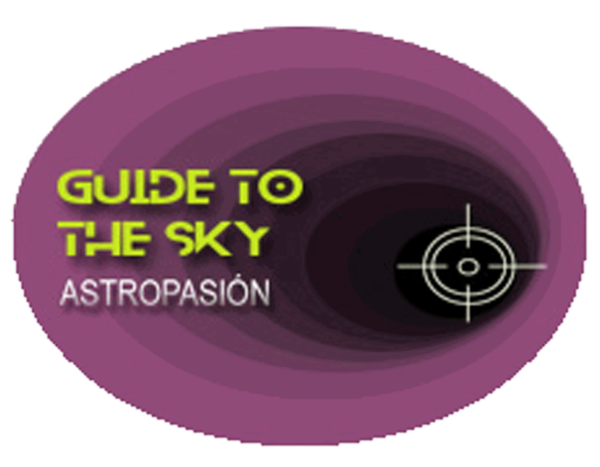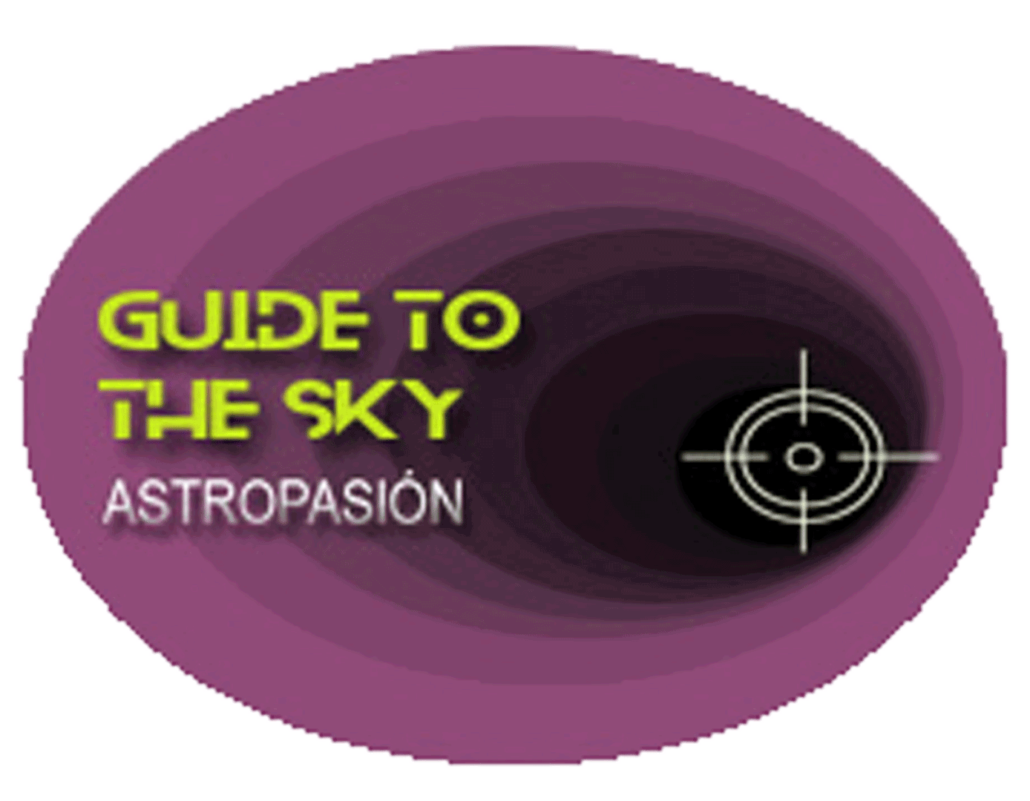Messier 34 - Perseus

Dista de nosotros unos {{object[0].M35.mesDistances[0].dist }} {{ object[0].M35.mesDistances[0].unit }}, y tuen un tamaño angular de más de 48' es decir, superior a la luna llena.
Está compuesto por un primer nivel estrellas brillantes, de la 7ª y 8ª magnitud, y luego decae, hasta encontrar estrellas bastante débiles.
M34 es un bonito objeto celeste.
M34 - Cúmulo espiral - en la IA
Messier 34 (M34), also known as NGC 1039, is a bright and relatively large open cluster located in the constellation Perseus. Here's a detailed look at this fascinating object:
Key Facts and Characteristics:
- Type: Open Cluster (a loosely bound group of stars that formed from the same molecular cloud)
- Location: Constellation Perseus
- Right Ascension: 02h 42.1m (approximately)
- Declination: +42° 46' (approximately)
- Distance: Roughly 1,400 to 1,500 light-years from Earth
- Age: Estimated to be around 200 to 250 million years old
- Magnitude: Approximately +5.2 to +5.5 (fairly bright and potentially visible to the naked eye under exceptionally dark skies)
- Angular Size: Roughly 35 arcminutes (larger than the full Moon in apparent size)
- Number of Stars: Contains several hundred stars, with a core group of about 80 bright stars.
- Visibility: Easily visible with binoculars or a small telescope. A telescope with a wider field of view is preferred to appreciate its full extent.
- Notable Stars: Contains some white dwarfs, which are the remnants of smaller stars.
Observational Notes:
- Binoculars: Through binoculars, M34 appears as a hazy patch of light, resolving into a sprinkling of stars.
- Small Telescope: A small telescope reveals many more stars, making it a rewarding sight. The cluster's loose structure and bright members are readily apparent.
- Larger Telescope: A larger telescope allows you to discern more fainter stars and observe subtle color variations.
History and Discovery:
- Discovery: Credited to Giovanni Battista Hodierna before 1654.
- Messier Catalog: Charles Messier independently rediscovered it on August 25, 1764, and included it as number 34 in his catalog.
Scientific Significance:
- Stellar Evolution: Open clusters like M34 are valuable for studying stellar evolution. Since the stars within a cluster formed at roughly the same time, astronomers can use them to test and refine theories about how stars age and change over time.
- Distance Determination: By analyzing the colors and brightnesses of the stars in M34, astronomers can accurately determine its distance.
- White Dwarfs: The presence of white dwarfs in M34 allows astronomers to study the late stages of stellar evolution in stars of a specific mass range.
How to Find It:
- Locate Perseus: Find the constellation Perseus in the northern sky. It's easily identified by the bright star Mirfak (Alpha Persei).
- Use Star-Hopping: From Mirfak, look for the star Algol (Beta Persei). M34 is located about 5 degrees northwest of Algol. A low-power eyepiece in a telescope will help you find it.
Overall:
Messier 34 is a beautiful and accessible open cluster that is well worth observing, especially for beginner astronomers. Its bright stars, large angular size, and relatively close distance make it a rewarding target for binoculars and small telescopes. Its scientific value also makes it a subject of continued study.
Más información sobre Messier 34 en NASA/IPAC.
Mapa alrededor de Messier 34
Otros identificadores de M34:
"[KC2019] Theia 251","C 0238+425" ,"M 34" ,"NGC 1039" ,"OCl 382" ,"[KPR2004b] 36" ,"[KPS2012] MWSC 0223",

